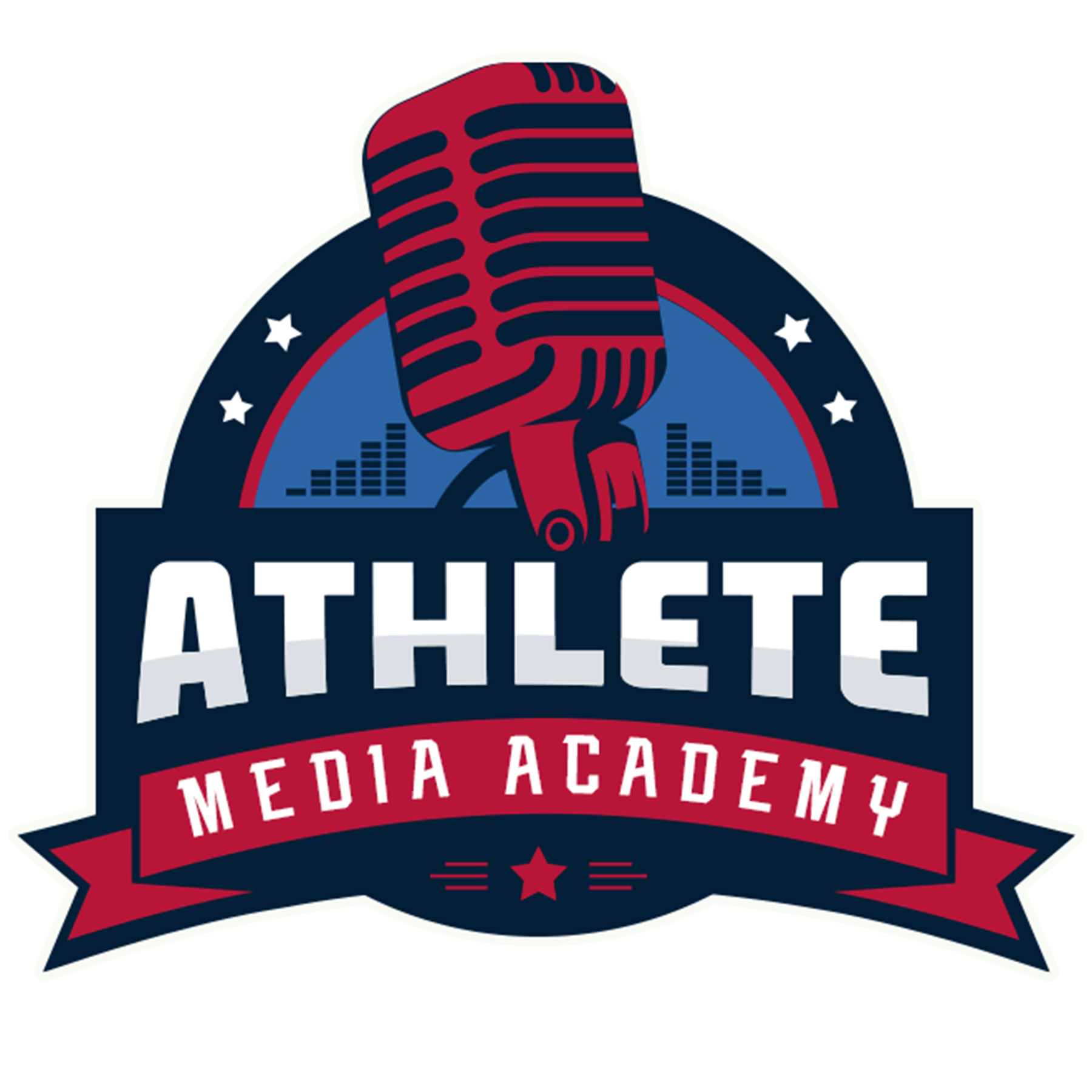Lesson 6: Addressing Misinformation & Media Bias
Lesson Overview
In today’s fast-paced media landscape, misinformation and bias can quickly shape public perception. Athletes often find themselves misrepresented in news reports, social media narratives, or biased media coverage. Learning how to identify, address, and correct misinformation while navigating media bias is a crucial skill for maintaining credibility and protecting one’s reputation. This lesson provides strategies to manage false narratives effectively and ensure an athlete’s voice is heard accurately.
Learning Objectives
By the end of this lesson, athletes will be able to:
✅ Identify different types of misinformation and media bias.
✅ Implement strategies to correct false narratives effectively.
✅ Engage with journalists and media outlets to clarify facts.
✅ Develop a proactive approach to managing biased coverage.
Section 1: Understanding Misinformation & Media Bias
Misinformation and biased reporting can spread quickly, shaping an athlete’s public image in unintended ways. Recognizing these influences is the first step in managing them effectively.
✔️ Misinformation: False or misleading information that is spread, regardless of intent.
✔️ Disinformation: Deliberately false or manipulated information intended to deceive.
✔️ Media Bias: When news outlets or reporters present stories in a way that favors a particular perspective or agenda.
✔️ Sensationalism: Exaggerated or dramatic headlines designed to attract attention rather than provide balanced reporting.
✔️ Selective Reporting: When certain facts are emphasized while others are omitted, leading to a distorted narrative.
🔹 Discussion: Can you think of an example where an athlete was misrepresented in the media? What were the consequences?
Section 2: Strategies for Addressing Misinformation
✔️ Fact-Check Before Reacting: Verify the accuracy of claims before responding.
✔️ Issue a Clear and Concise Response: Provide factual corrections without engaging in unnecessary back-and-forth arguments.
✔️ Leverage Official Channels: Use press statements, official social media accounts, and PR teams to clarify the truth.
✔️ Engage with Journalists Directly: Reach out to media professionals to correct inaccuracies and request balanced coverage.
✔️ Avoid Emotional Responses: Stay professional, composed, and solution-focused.
🔹 Activity: Athletes analyze real-world examples of misinformation and draft professional responses to correct inaccuracies.
Section 3: Managing Media Bias & Shaping the Narrative
✔️ Build Strong Media Relationships: Establish connections with reputable journalists who prioritize accuracy.
✔️ Provide Transparent & Consistent Messaging: Maintain credibility by delivering consistent key messages.
✔️ Be Proactive in Storytelling: Share positive stories about achievements, community involvement, and leadership to counterbalance negative narratives.
✔️ Request Corrections When Necessary: If an article contains factual errors, athletes can work with media outlets to issue corrections.
✔️ Control Personal Platforms: Utilize social media to communicate directly with fans and bypass biased reporting.
🔹 Exercise: Athletes draft their own media engagement strategy to ensure fair representation.
Final Takeaways & Next Steps
✔️ Final Activity: Athletes develop a crisis response plan for addressing misinformation and biased media coverage.
✔️ Key Takeaway: Taking a proactive approach to media relations ensures that misinformation is corrected swiftly and narratives remain in the athlete’s control.
✅ Next Steps:
- Monitor media coverage regularly for inaccuracies.
- Develop a response protocol for addressing misinformation.
- Work with PR professionals to refine messaging strategies.

